TL;DR
Dive into the rich, fairy-tale world of The Dark Eye through two captivating point-and-click adventures, Chains of Satinav and Memoria. While these games, originally designed for PC, show some clunky adaptation to consoles with slightly uneven voice acting and basic animations, their true magic lies in their deeply developed lore and compelling narratives. Memoria particularly shines with its innovative dual-timeline story and a clever text-scaling feature on Switch. If you're a fan of intricate worlds and engaging stories, these games are a journey worth taking. Read on for the full review!
The role-playing game The Dark Eye (or Das Schwarze Auge in its original German) premiered as a classic tabletop RPG in 1984 and has since seen numerous editions and iterations. Chains of Satinav and Memoria, released for PC and Mac in 2013, represent just a fraction of the computer games – around a dozen – based on the series since 1992.
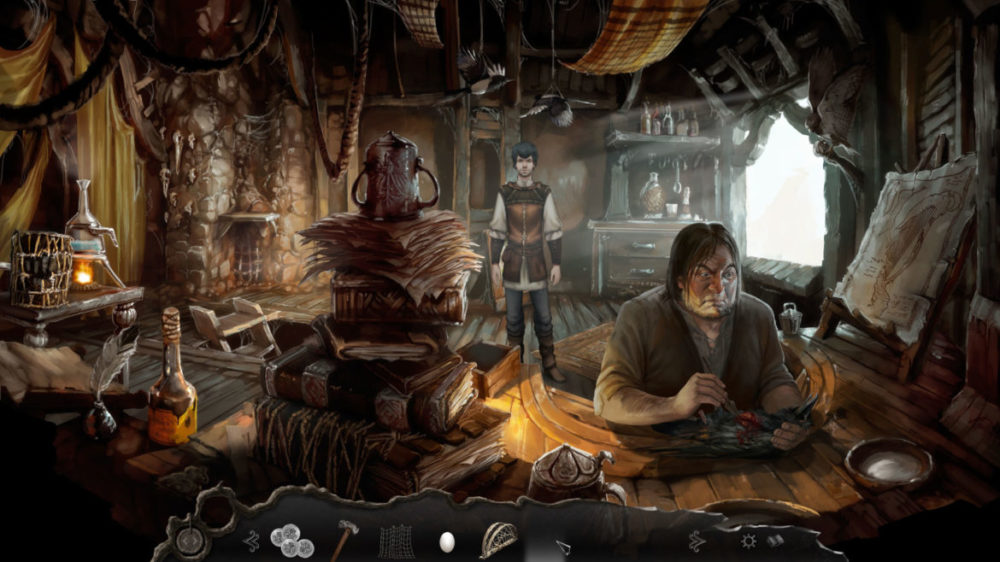
Prior to this review, I was unfamiliar with The Dark Eye, both as a tabletop and computer game property. With German publisher Daedalic Entertainment now releasing Chains of Satinav and Memoria as video games, I was eager to explore the franchise.
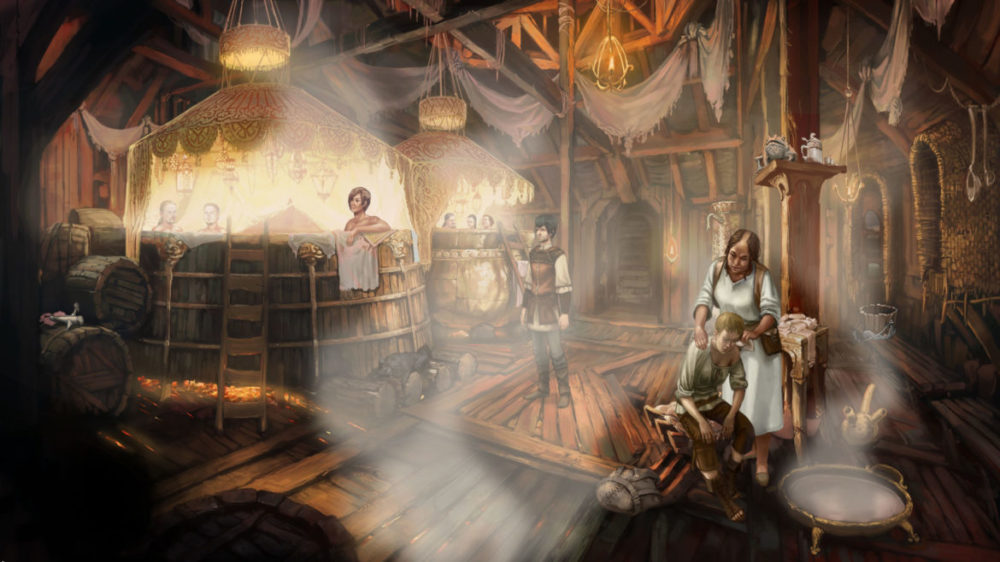
My initial experience was with Chains of Satinav on Xbox One, and I was immediately captivated by the visually stunning environments. The hand-painted art style truly evokes a fairy tale aesthetic. However, it quickly becomes apparent that the game was primarily designed for mouse-driven gameplay on a computer, as navigating interactive elements can occasionally feel cumbersome on a console. The voice acting, while competent, occasionally suffers from uneven delivery, with some overly dramatic inflections that slightly detract from the overall immersion.
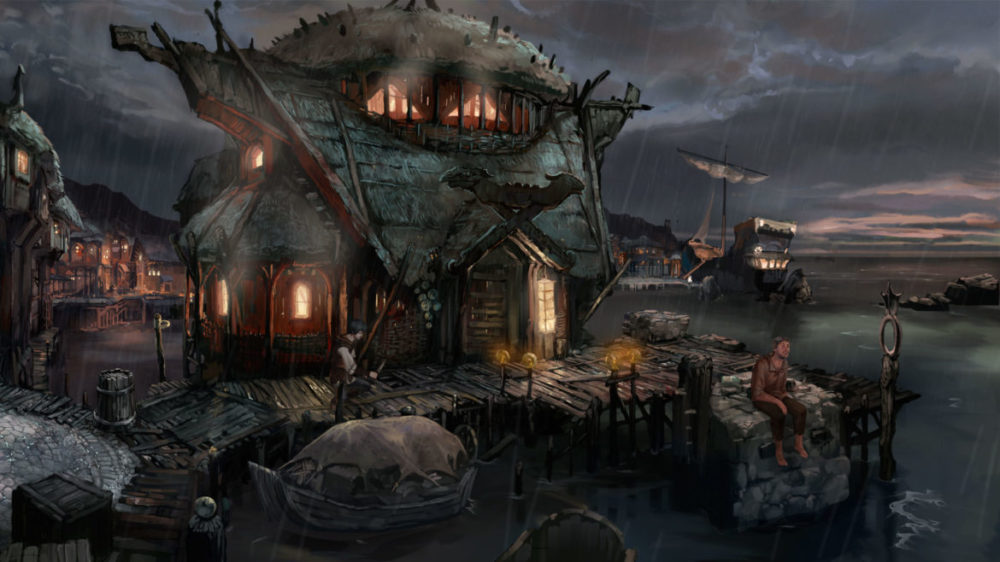
Despite minor shortcomings in the presentation, the game’s narrative and world-building are exceptionally compelling. The source material has been refined over nearly four decades, and this depth of development is evident. The world is rich with mystery and adventure, drawing players into its intricate lore.
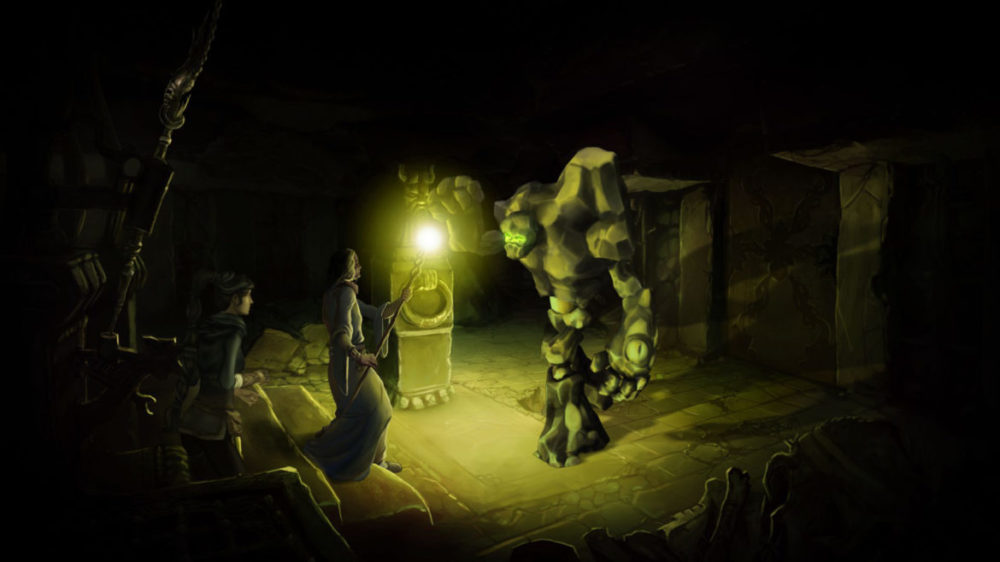
The Memoria installment, tested on the Nintendo Switch, shares similar game mechanics with Chains of Satinav. However, its narrative unfolds across two distinct time periods. While initially potentially confusing, this dual-timeline structure ultimately proves rewarding.
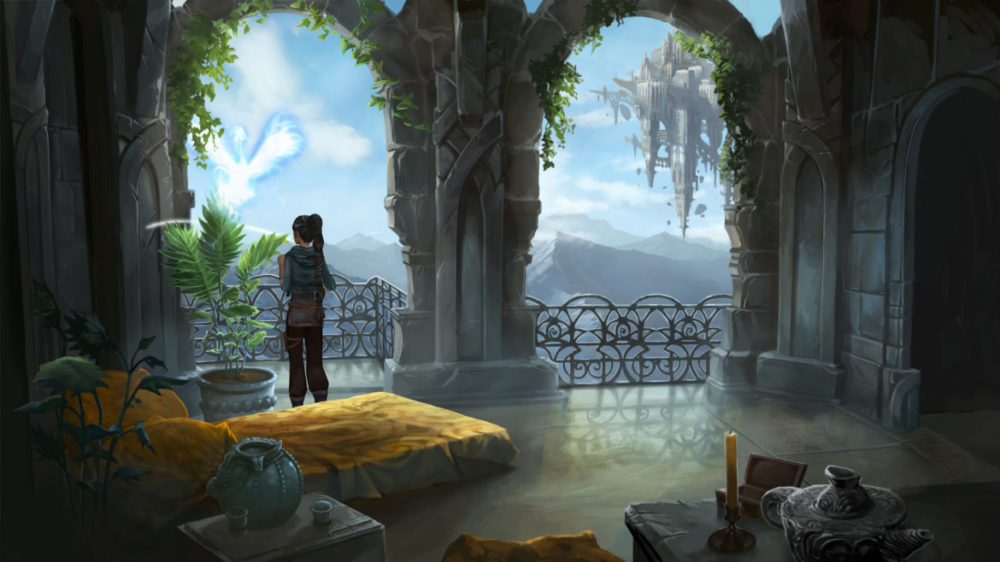
A notable feature, and a welcome innovation, is the dynamic adjustment of text size in the Switch version. When undocked, the text automatically increases in size, improving readability on the smaller screen. This is a thoughtful and effective implementation.
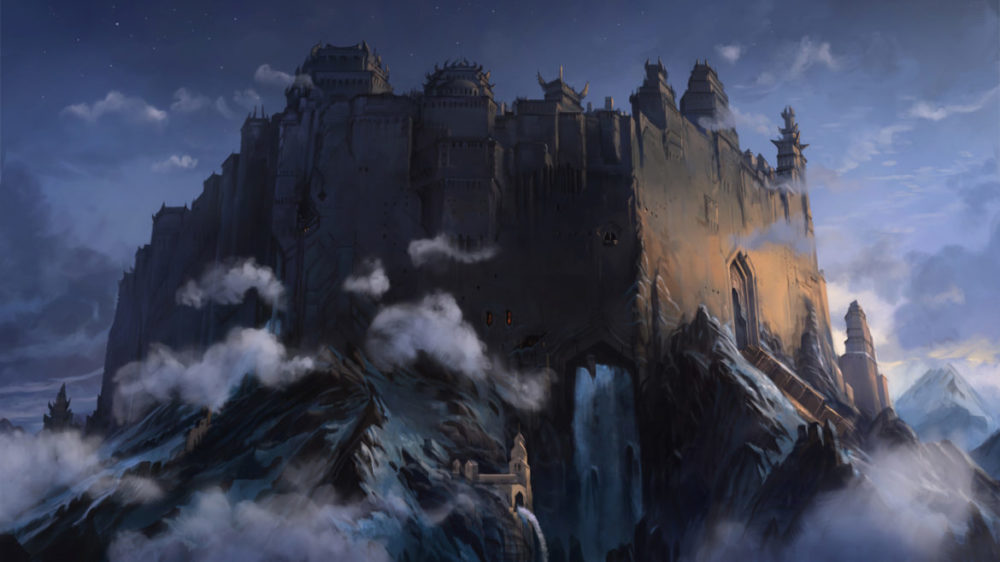
In conclusion, both titles offer intricate point-and-click adventures with remarkably complex narratives. While some technical limitations, such as simplistic animations and occasional stiffness in the voice acting, slightly impact the overall score, the strengths of the games outweigh their weaknesses. A recommendation is warranted for fans of the genre.

